I have a rather complicated two dimensional function that I represent with few levels using contourf. How do I get the array corresponding exactly to filled contours ?
For example :
import numpy as np
import matplotlib.pyplot as plt
x = np.linspace(0,1,100)
y = np.linspace(0,1,100)
[X,Y] = np.meshgrid(x,y)
Z = X**2 + Y**2
plt.subplot(1,2,1)
plt.imshow(Z, origin = 'lower')
plt.subplot(1,2,2)
plt.contourf(Z,[0,1,2])
plt.show()
plt.savefig('test.png')
I'd like to have the array from the contourplot that returns constant values between the different contours.
So far I did some thresholding:
test = Z
test[test<1] = 0
test[test>=1] = 2
plt.contourf(X,Y,test,[0,1,2])
plt.savefig('test1.png')
But contourf does a much better job at interpolating things. Furthermore, thresholding 'by hand' becomes a bit long when I have multiple contours.
I guess that, because contourf does all the job, there is a way to get this from the contourf object ?
P.S : why does my first piece of code produces subplots of different sizes ?

